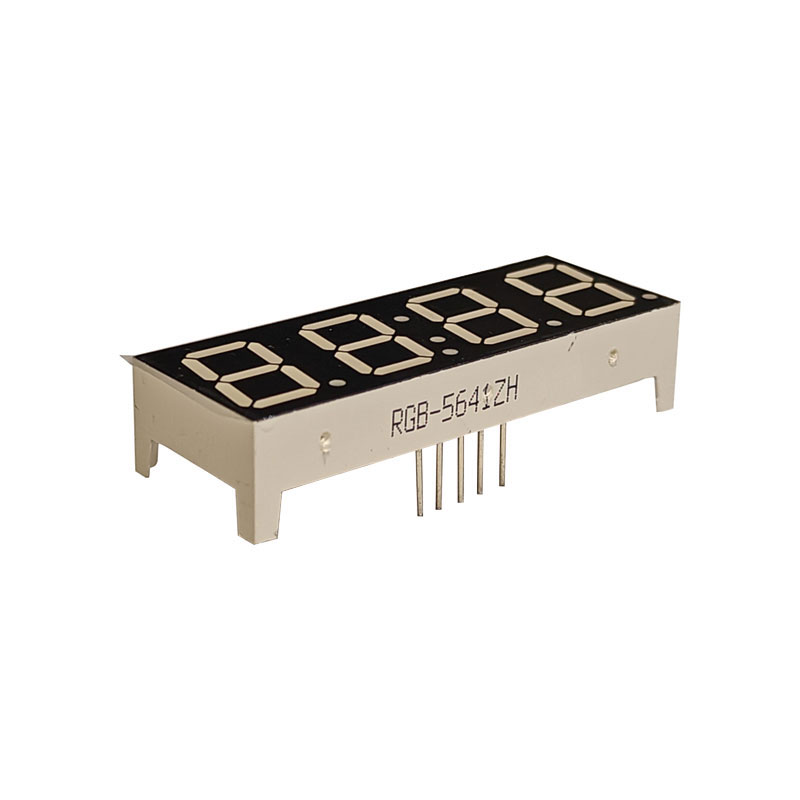LED Display – Revolutionizing Visual Communication
2025-06-12
In the modern era of advertising, entertainment, and information sharing, LED displays have emerged as a game-changing technology. From vibrant billboards in city centers to massive screens at sports arenas, LED displays deliver bright, dynamic visuals that capture attention and convey messages effectively.

What Is an LED Display?
An LED (Light Emitting Diode) display is a flat panel display that uses an array of LEDs as pixels to produce images, videos, or text. These displays can vary in size—from small digital signage to enormous outdoor video walls—and offer excellent brightness, color accuracy, and energy efficiency.
Advantages of LED Displays
High Brightness: LEDs emit intense light, making displays clearly visible even in direct sunlight.
Energy Efficiency: LED technology consumes less power than traditional display methods like LCD or neon signs.
Long Lifespan: LED displays are durable and can last for tens of thousands of hours with minimal maintenance.
Vivid Colors: Capable of showing millions of colors with sharp contrast and clarity.
Flexibility: Can be designed in various shapes and sizes to fit different environments and needs.
Real-Time Updates: Content can be easily changed or scheduled remotely, perfect for advertising and announcements.
Types of LED Displays
Indoor LED Displays: Used in shopping malls, conference rooms, and entertainment venues where lighting is controlled.
Outdoor LED Displays: Built to withstand weather conditions with higher brightness and waterproof features.
Transparent LED Displays: Allow light and visuals to pass through, ideal for storefront windows.
Flexible LED Displays: Can bend and curve around surfaces, enabling creative installations.
Common Applications
Advertising and Marketing: Eye-catching billboards and digital signage attract customers and boost brand visibility.
Sports and Entertainment: Large screens provide live game action, replays, and interactive content.
Transportation: Information boards at airports, train stations, and bus stops help guide passengers.
Corporate: Used for presentations, video conferencing, and displaying real-time data.
Public Safety: Emergency alerts and public announcements can be displayed clearly and instantly.
Choosing the Right LED Display
Pixel Pitch: The distance between LEDs affects resolution and viewing distance; smaller pitch means higher resolution.
Brightness: Match brightness levels to the installation environment for optimal visibility.
Size and Aspect Ratio: Consider the space and content to be displayed.
Control System: Look for user-friendly software for content management and scheduling.
Durability: Especially for outdoor displays, ensure weather resistance and robust construction.
Maintenance Tips
Regular cleaning to remove dust and debris.
Monitor for dead pixels or color inconsistencies.
Ensure ventilation to prevent overheating.
Schedule professional inspections for electrical and structural integrity.
Conclusion
LED displays have transformed how we communicate visually, offering unmatched brightness, flexibility, and impact. Whether you’re a business owner looking to advertise or an event organizer wanting to enhance audience experience, LED display technology offers versatile solutions that make every message shine.


